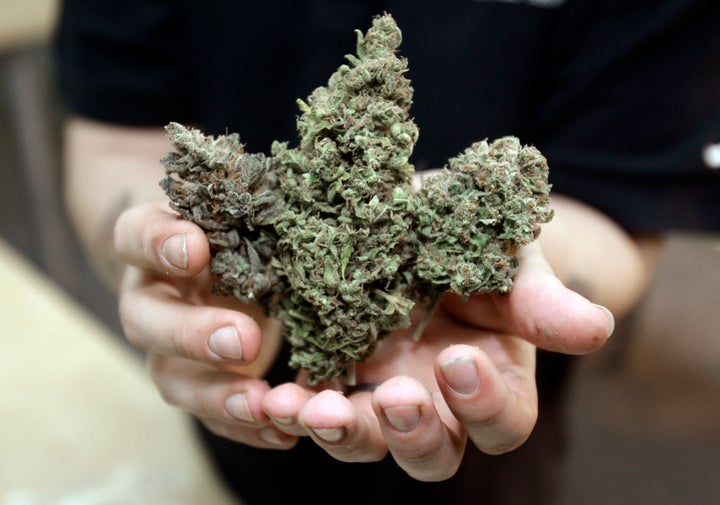
When I published my first book -- Indoor Marijuana Horticulture -- back in 1983, there was no way to know how much things would change in the next three decades.
Back then Ronald Reagan was President of the United States, M*A*S*H went off the air and no one had ever heard of Vice President Bush's eldest son.
In the realm of cannabis things were quite primitive in comparison to today. Poll numbers for legalization had dipped below 25% in the midst of Nancy Reagan's "Just Say No" campaign. And general knowledge about cannabis growing was barely existent at best and confined to a relatively small group of people.
What information there was on growing was mainly misinformation. I realized a lot of people were just out to make money instead of giving people solid information on cannabis horticulture. That's when I decided to start writing about it.
My goal was to apply good, simple information; information that was easy for people to understand. But I didn't just write from my own experience. I talked to other growers about their experiences and found out what they knew. And in listening, I learned so much.
I've been very fortunate over the last 30 years because I've been able to hang with some real smart people who have a lot of experience. We've been able to trade and share information, and in doing so, we made ourselves better.
Thirty years ago the phrase "medical marijuana" didn't exist and as I mentioned before, the thought of legalization in the U.S. was a pipe dream (no pun intended). Very little was known about cannabis strains (or varieties, the term I prefer) and less was known about how different varieties could affect different ailments.
The last three decades have been busy ones for cannabis growers as they have bred hundreds, if not thousands of different varieties, many tailored to suit the needs of people in desperate need of relief. These advancements are reflected in Indoor Marijuana Horticulture itself; what started as a 96-page book is now 512 pages. The list of contributors has grown to over 300 people. Again, the value of listening and learning from others.
The political nature of the cannabis community has evolved as well, from a rag-tag and isolated group to a powerful force that changes laws and dominates internet political discussions. Medical marijuana is legal in 16 states and Washington, D.C., and recreational legalization measures will likely be on several state ballots this year.
But advancements haven't been confined to the United States. From the slopes of Vancouver Island in Canada to the vertical grow rooms in The Netherlands to the massive outdoor gardens in the rugged mountains of my beloved Spain, cannabis growing is a worldwide phenomenon that shows no signs of abating.
And why would it? Cannabis horticulture is an enthralling science that we are still learning so much about, and the cannabis plant itself is an incredible living, breathing being that benefits so many people and still has so much left to teach us.
Thirty years ago cannabis growing was something many got into for the challenge or because they loved gardening or simply because they loved consuming marijuana. Today literally millions of people around the world depend on the quality of the cannabis plants being grown. They suffer tremendous hardships, and the quality of their relief is directly correlated to the quality of the medicine that is grown for them and by them.
The key is information. Listening and learning is something a good grower will always be doing. That is why cannabis has made such amazing strides over the last 30 years, and if growers continue to listen -- to others and to their plants -- it will make even more amazing strides in the next 30.